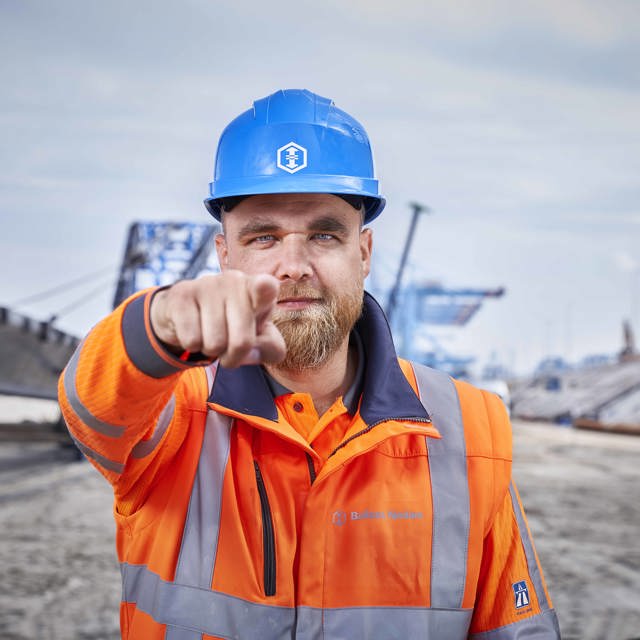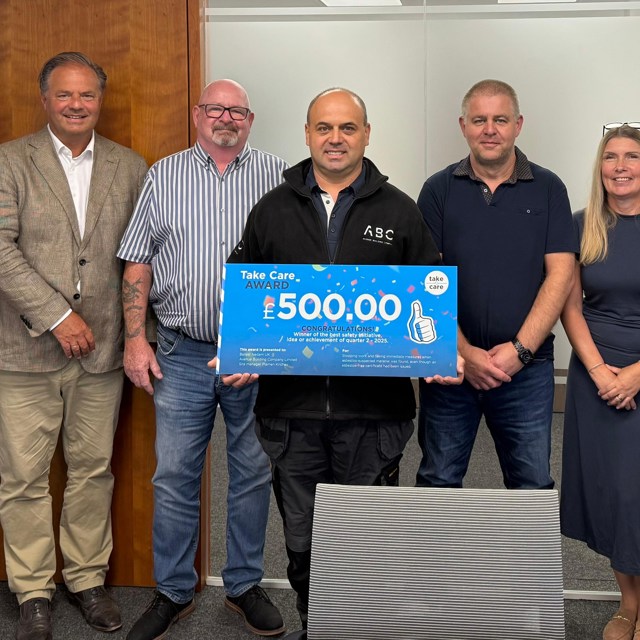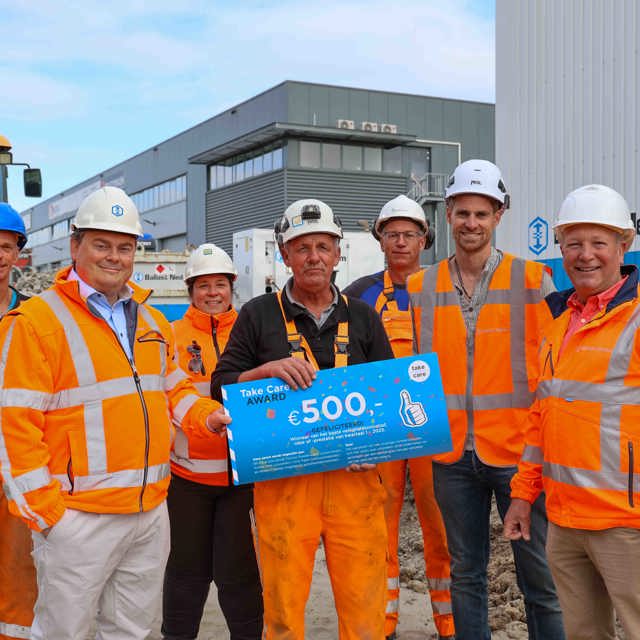'Safety in Tendering is only a starting point for construction companies'
Safety awareness has been mandatory in tenders and contracts since 1 January 2022. At least, for the companies that have signed the Governance Code for Safety in Construction, including Ballast Nedam. "This is essential," sees Ballast Nedam board member Olav Padberg. "But in the meantime, we also need to think about future steps."
5 questions addressed to Olav Padberg, board member, Ballast Nedam:
Olav, why is Safety in Tendering important?
"Let's face it: there are still too many accidents in the construction sector as a whole. Every single incident is one too many. Safety in Tendering ensures that we, as a construction sector, all take the much-needed responsibility and stand up for the same rules. I see it as a building block that can help us take safety in the construction industry to the next level. In the end, construction safety is about genuine care and responsibility, working together to further improve."
"Definitely. We believe strongly in not competing on safety. Making the entire sector safer will only succeed if we work together, apply the same rules and take responsibility."
"Within ViA, the minimum is the same for all parties involved: step 2 on the Safety Culture Ladder. A number of construction companies, including Ballast Nedam, are already certified at a higher level. Other companies will soon follow this path, as the bar will be raised ever higher in the coming years. So, together with the other affiliated parties, we ensure the safety and health of our people."
"Ultimately, we want to widen the level playing field so that it applies to more and more parties. That is why it is now important that as many companies as possible join ViA, so that we can take safety in the industry to the next level."
How can ViA strengthen our relationships with partners and subcontractors?
"As parties, we automatically grow closer to each other when we are on the same page when it comes to safety. Such a shared vision and agreement creates connection. ViA also simplifies the procurement process. Actually, you have to look at it as a tool: during procurement, we can sort partners on these minimum requirements of ViA."
Ultimately, we want to widen the level playing field
"Most of them are. Some foreign parties are not yet familiar with the new rules, but those are sporadic cases. Guidance for these subcontractors is part of our responsibility as signatories to the Governance Code for Safety in Construction. That is why we do our best to explain the rules surrounding ViA and the Safety Culture Ladder to them. In addition, we put the subcontractors in touch with supervisors so that they start working according to the same standards of ViA."
What's next? Which further steps are to come?
"Although I welcome ViA, I don't see it as an end station. For me it is rather a starting point from which we want to achieve our ultimate goal: 0 accidents on the construction site. A bare minimum, that's how you can also look at it. From this starting point, we can raise safety to ever higher levels. Together with the entire sector. We need and owe each other to achieve this.
"In the future, I hope that ViA will therefore also apply to the smaller companies that currently fall outside the rules. That will be a changeover, where we will again have to show our responsibility as an industry to support and guide these companies."
"In addition, we must not forget the GPI, reporting apps, training, safety rounds and sprint sessions. These are all components in which we have to play our part before we can observe improvement. And that is ultimately essential."





